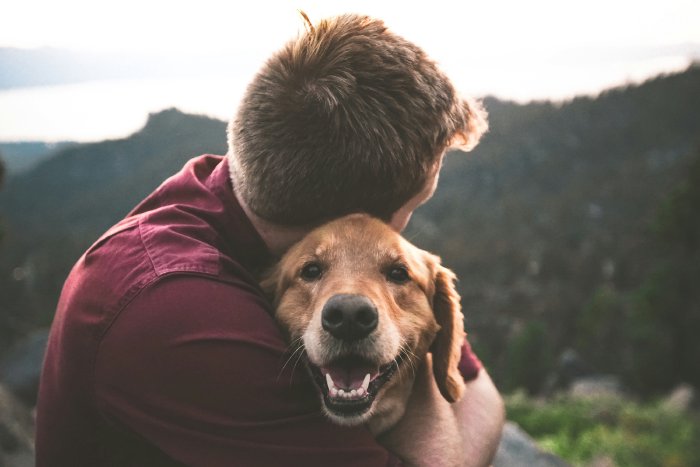To Crate or Not to Crate?
Crate training is a valuable process that provides your puppy with a sense of security and aids in house training and behavior management.
Here’s a step-by-step guide to crate train your puppy effectively.

Step 1: Choose the Right Crate
- Size Matters: Select a crate that’s large enough for your puppy to stand up, turn around, and lie down comfortably. For growing puppies, consider a crate with dividers to adjust the size as they grow.
- Comfort is Key: Make the crate comfortable with a soft bed or blanket. Avoid materials that your puppy might chew and ingest.
Step 2: Introduce the Crate Positively
- Positive Association: Place the crate in a social area where the family spends a lot of time. Keep the door open and encourage your puppy to explore the crate by placing treats and toys inside.
- No Pressure: Allow your puppy to enter and exit the crate freely at first. Never force them inside, as this can create negative associations.
Step 3: Feed Meals in the Crate
- Create Positive Connections: Start feeding your puppy their regular meals near the crate, gradually moving the food dish inside. This helps your puppy associate the crate with pleasant experiences.
- Door Closed: Once your puppy is comfortably eating inside the crate, begin closing the door during meal times, opening it as soon as they’re done at first, and gradually extending the time the door remains closed.
Step 4: Practice with Short Confined Periods
- Start Short: Once your puppy seems comfortable eating in the crate, begin confining them for short periods while you’re home. Use a command like “crate time” and give them a treat for entering the crate, then stay nearby and visible.
- Gradual Increase: Gradually increase the time your puppy spends in the crate, starting with just a few minutes and building up to longer periods.
Step 5: Extend Crate Time
- Alone Time: As your puppy gets used to short periods in the crate, begin leaving them crated when you’re out of the room for short periods and when you’re home, so they can get used to being in the crate without constant human presence.
- Night Time: Start crating your puppy at night. Place the crate in or near your bedroom so you can hear if they need to go out during the night.
Step 6: Crate Your Puppy When You Leave
- Short Absences: Once your puppy is comfortable being crated for about 30 minutes without anxiety or distress, you can begin crating them for short periods when you leave the house.
- Routine: Establish a routine of crating your puppy when you leave and releasing them upon your return, keeping departures and arrivals low-key to avoid increasing anxiety.
Step 7: Crate Training Do’s and Don’ts
- Do Not Overuse: The crate is not a substitute for training and social interaction. Ensure your puppy has plenty of exercise, playtime, and socialization outside the crate.
- Do Not Use as Punishment: The crate should always represent a safe and positive space. Never use it as a form of punishment.
Step 8: Addressing Whining or Barking
- Ignore Attention-Seeking Whines: If your puppy whines or barks to get attention, ignore them until they stop to avoid reinforcing the behavior. However, young puppies may need a bathroom break.
- Bathroom Breaks: If they continue to whine after you’ve ignored them for a few minutes, take them out for a quick bathroom break on a leash, then return them to the crate without play or excessive interaction.
Step 9: Gradually Phasing Out
- Adjusting Use: As your puppy matures and gains more control over their bladder and behaviors, you can gradually give them more freedom outside the crate, monitoring for any regression in behavior or potty training.
Step 10: Patience and Consistency
- Be Patient: Crate training can take days or weeks, depending on your puppy’s age, temperament, and past experiences. Some puppies might take to it immediately, while others need more time to adjust.
- Stay Consistent: Consistency in training and routine helps your puppy feel secure and speeds up the crate training process.
Crate training is an effective method to provide your puppy with a safe personal space, aid in house training, and prevent destructive behaviors. Remember, the crate should always be a positive and safe space for your puppy, never a place of isolation or punishment. With patience and consistency, your puppy will learn to see their crate as their own cozy den.